I’ve recently returned from a two week program to Poland and Israel with The ‘March Of The Living’—an organisation whose mission is to educate and challenge participants with two of the most significant events in Jewish history: the Shoah (The Holocaust) and the birth of the State of Israel.
The March, a three kilometre walk from Auschwitz 1 to Birkenau, is a tribute to all victims of the Holocaust… their memories and their legacies. The March is designed to contrast with the death marches which began towards the end of World War II and continued up until the Third Reich’s last days.
Below is my reflection on the March from a Christian perspective.
“For I was hungry, and you didn’t feed me. I was thirsty, and you didn’t give me a drink. I was a stranger, and you didn’t invite me into your home. I was naked, and you didn’t give me clothing. I was sick and in prison, and you didn’t visit me.’ “Then they will reply, ‘Lord, when did we ever see you hungry or thirsty or a stranger or naked or sick or in prison, and not help you?’ “And he will answer, ‘I tell you the truth, when you refused to help the least of these my brothers and sisters, you were refusing to help me.”
– Matthew 25:42-45 (NLT)
Question: why should a Christian leave his wife and family to spend precious time and a not inconsiderable amount of money touring some of the most heinous mass killing sites in history?
The answer is clear when you take to heart what our Lord taught in Matthews 25 about the “least of these”.
As vast as it is, the human imagination is not large enough to conceive the horrors of the Holocaust.
Mother Theresa in her 1971 Nobel Peace Prize speech said that Christ was not just referring to physical deprivation but to those who were hungry for love and thirsty for a sense of belonging. The least among us, she said, were “nobody to nobody”.
If ever there was an episode in history where the meek walked naked, sick, thirsty, hungry, dispossessed, imprisoned and desperate—it is sadly found in the Holocaust—multiplied in the millions.
Would it please our Lord therefore to take a little time to visit the mass graves of the “least of these” so as to bear witness to their suffering, honour their memory and ensure that their death and anguish was not in vain? My soul answered with a resounding “yes”.
The depravity of the Holocaust went further. It targeted the most vulnerable among the vulnerable: the Jews, the elderly, the pregnant and the young. People over fifty years of age, pregnant women and young children were often sent immediately to the gas chambers at Auschwitz-Birkenau. These were the least among the least.
The murder of Anne Frank is tragedy enough for any human heart to bear. But how are we to respond to the murder of millions of Anne Franks? The human heart was not designed for such a cataclysm. It is not so much made dumb in Auschwitz as it is made numb.
Soon after I returned from my trip to Auschwitz-Birkenau, I was moved to write in my journal:
“As vast as it is the human heart is not large enough to contain the sorrows of the Holocaust. As vast as it is, the human imagination is not large enough to conceive the horrors of the Holocaust. And so, I find myself hating the statistics of the Holocaust. They remind me that my heart, however spacious is just too small for the remorse. Not that ‘statistics are liars’, rather they speak a truth too hard to bear.”
At Auschwitz, I experienced something of the profound sorrow that our Lord must have felt in the Garden of Gethsemane. It was as though the weight of all the sins of the world hovered over that Polish soil and I could not help but absorb the anguish.
The words of the World War I poet, Wilfred Owen, came to mind:
“murder, multitudinous murder … carnage incomparable and human squander, rucked too thick for these men’s extrication”.
But as followers of the Jewish Jesus we understand better than anyone that if love survives the crucifixion it leads to resurrection. And so, it was with the Holocaust: after the carnage, a heightened sense of community emerged—and the Jewish people who were axed in number, waxed in nationhood… Israel was reborn.
The promised land is once again with its Biblical inheritors. And the affection of the Jewish people for Haaretz Israel is obvious for all to see. The promised land is literally blossoming again with 250 million trees planted. Israel is the only country in the world that ended the 20th century with more trees than it had in 1900.
The spiritual energy at the Western Wall in Jerusalem is palpable. Even the birds feel it. They fly excitedly above the swarming crowds as the sun sets and Shabbat approaches. It’s a scene I will always cherish, the ancient and the modern bathed in the eternal love of God.
If you are thinking of joining the March of The Living—do it—don’t hesitate. The trip will both depress you and elevate you. Close your eyes and open your heart. It’ll make you sigh and make you cry. Make you angry and make you wise. It’ll make you shake your head and bow your head. But above all, it’ll bring you face to face with what it is to be human: part devil, part angel.
And then there are the “least of these”. The March was an opportunity to walk a mile with them. An extra mile in fact, three kilometres to be precise. And to reprise the words of James McAuley:
“It’s not alone the touching, seeing. It’s how to mean the other’s being.”
Click here to view details on the 2020 ‘March of the Living’ tour or visit their website for more details.

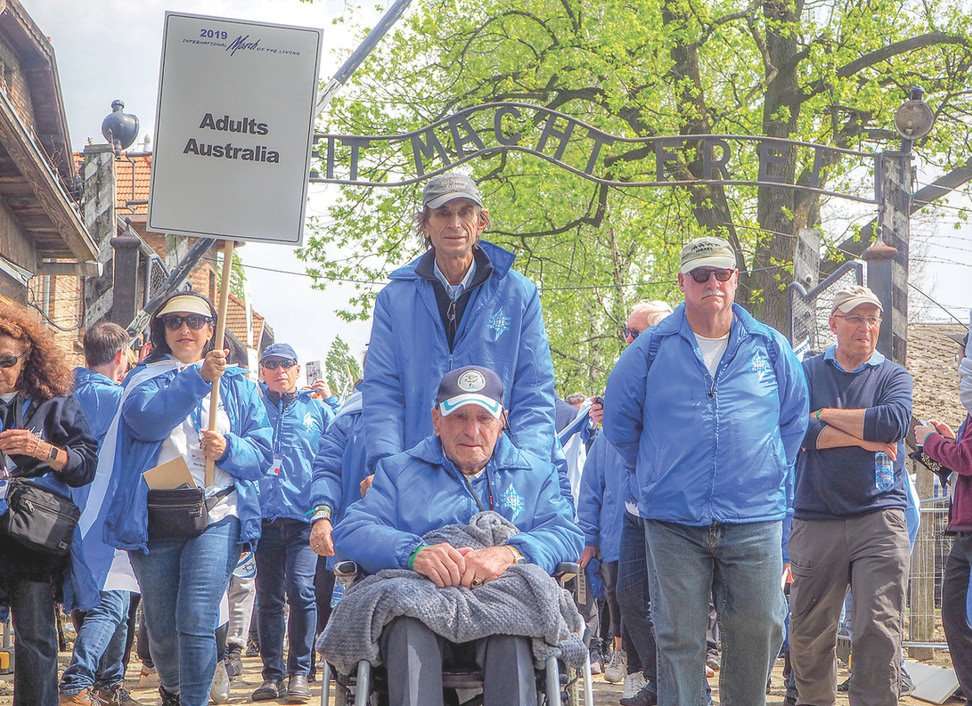
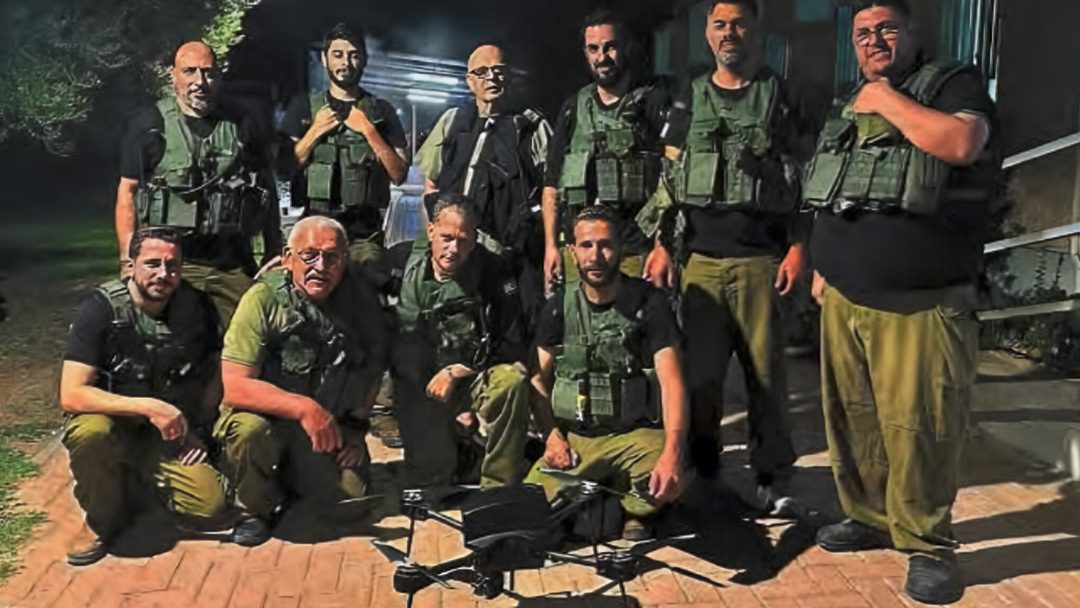
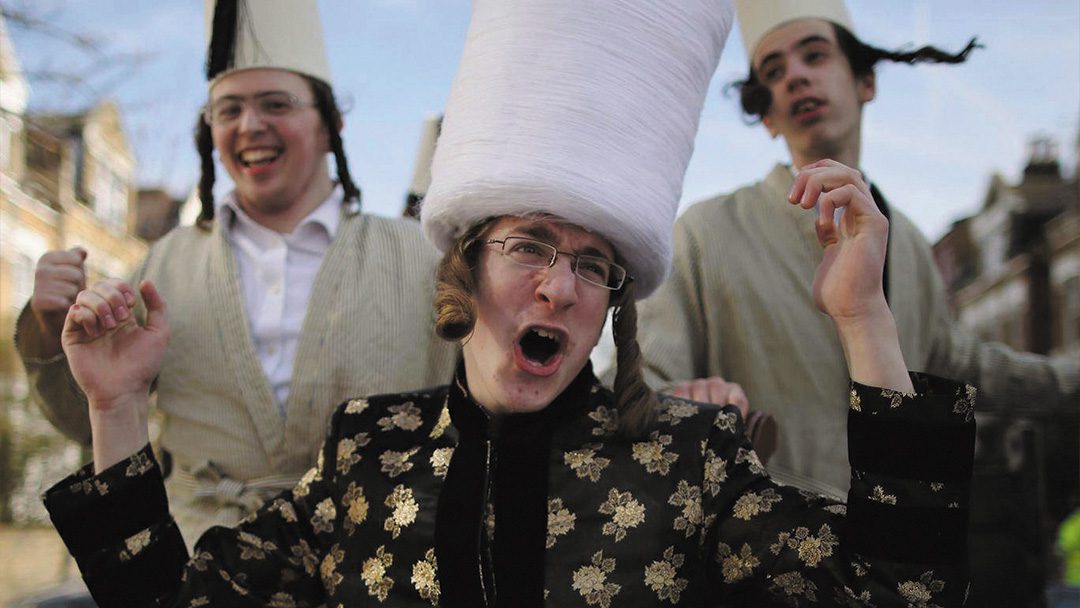
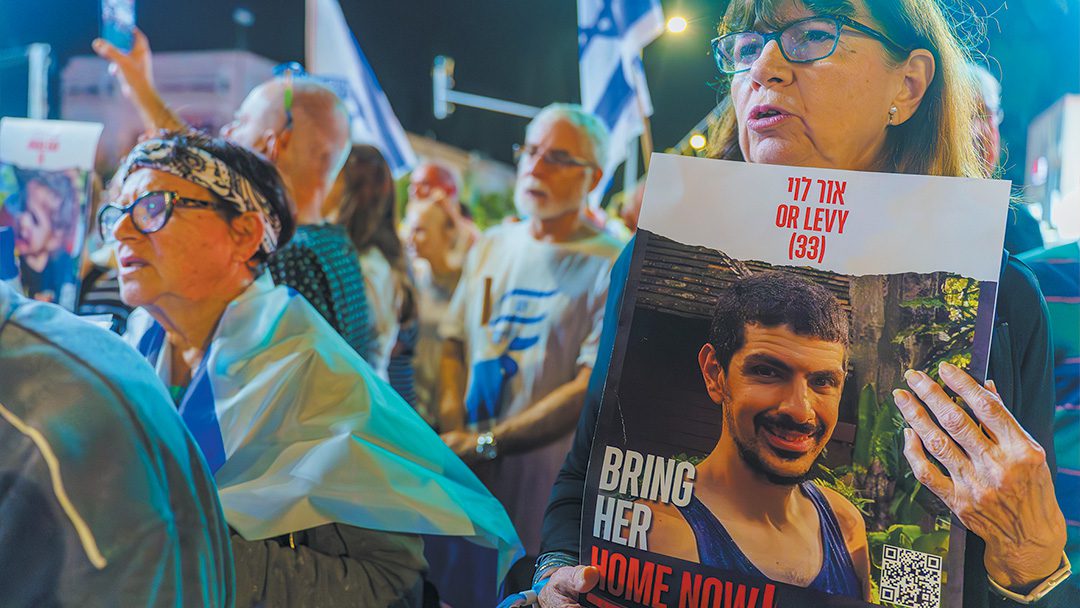

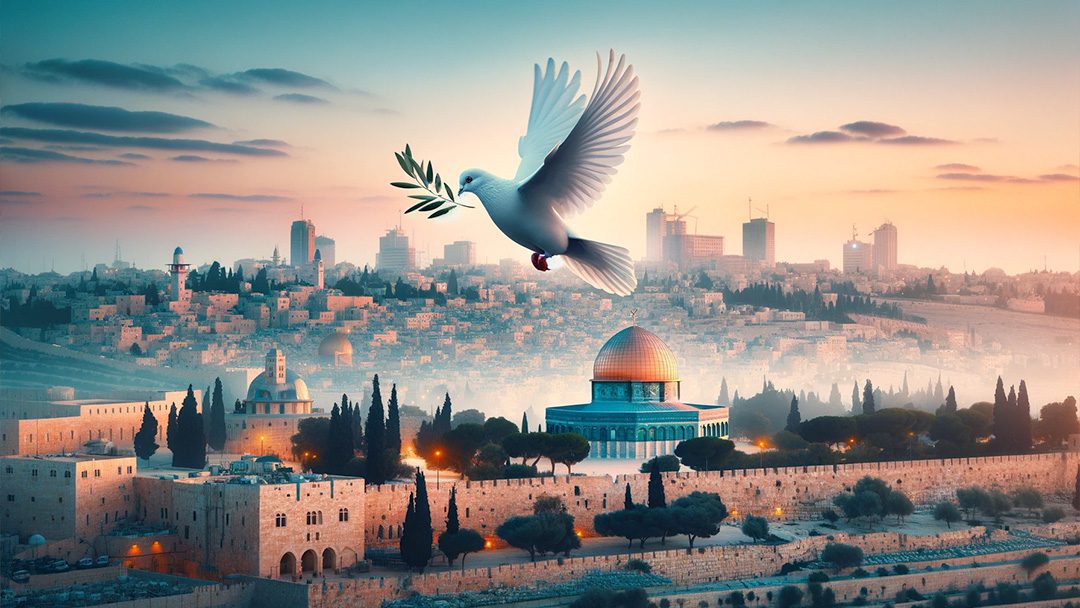
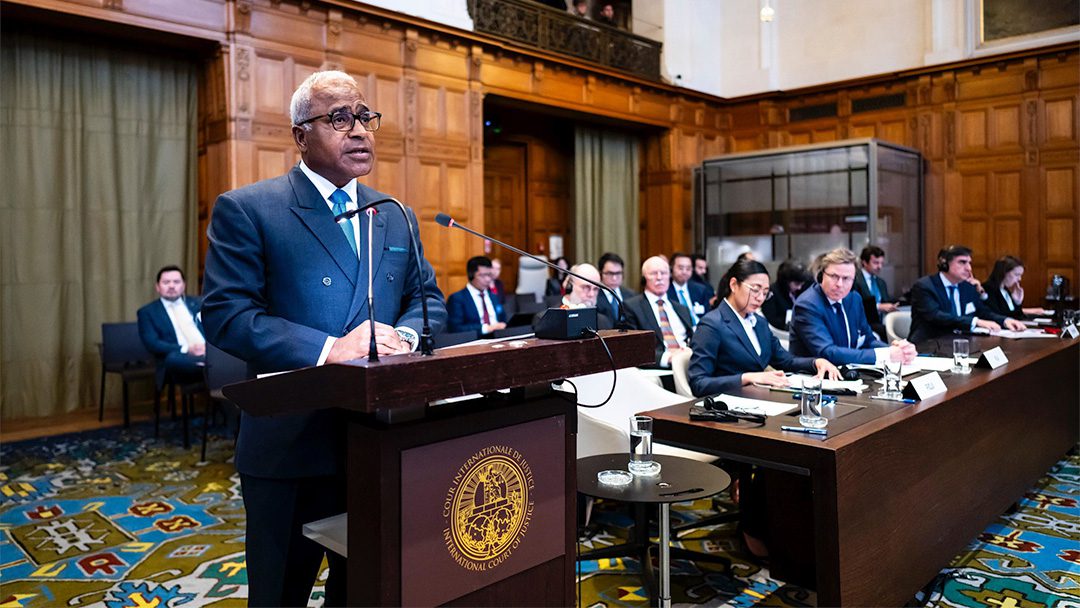

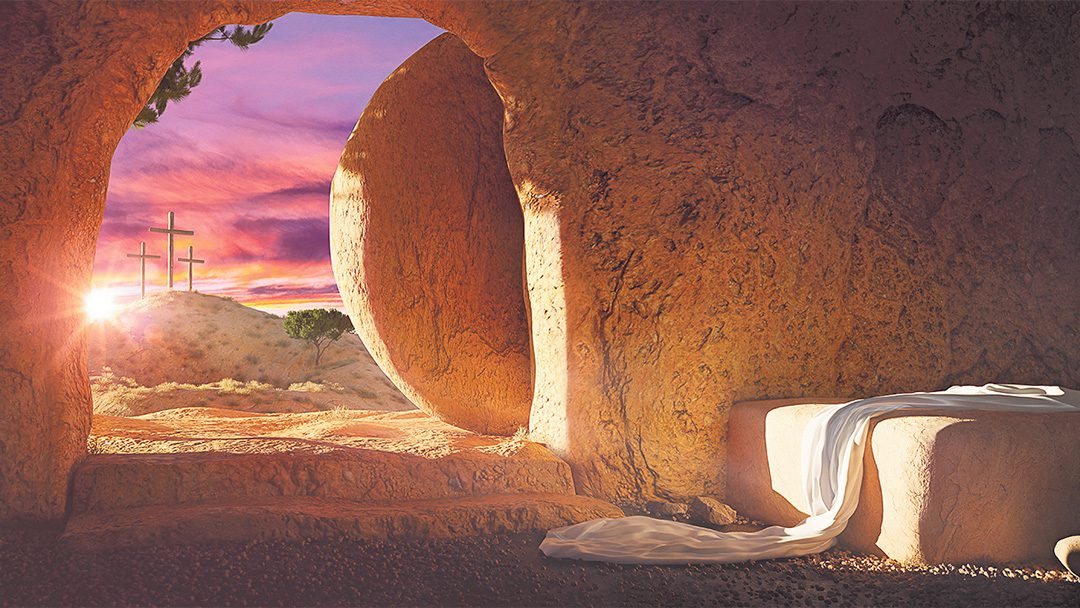


0 Comments